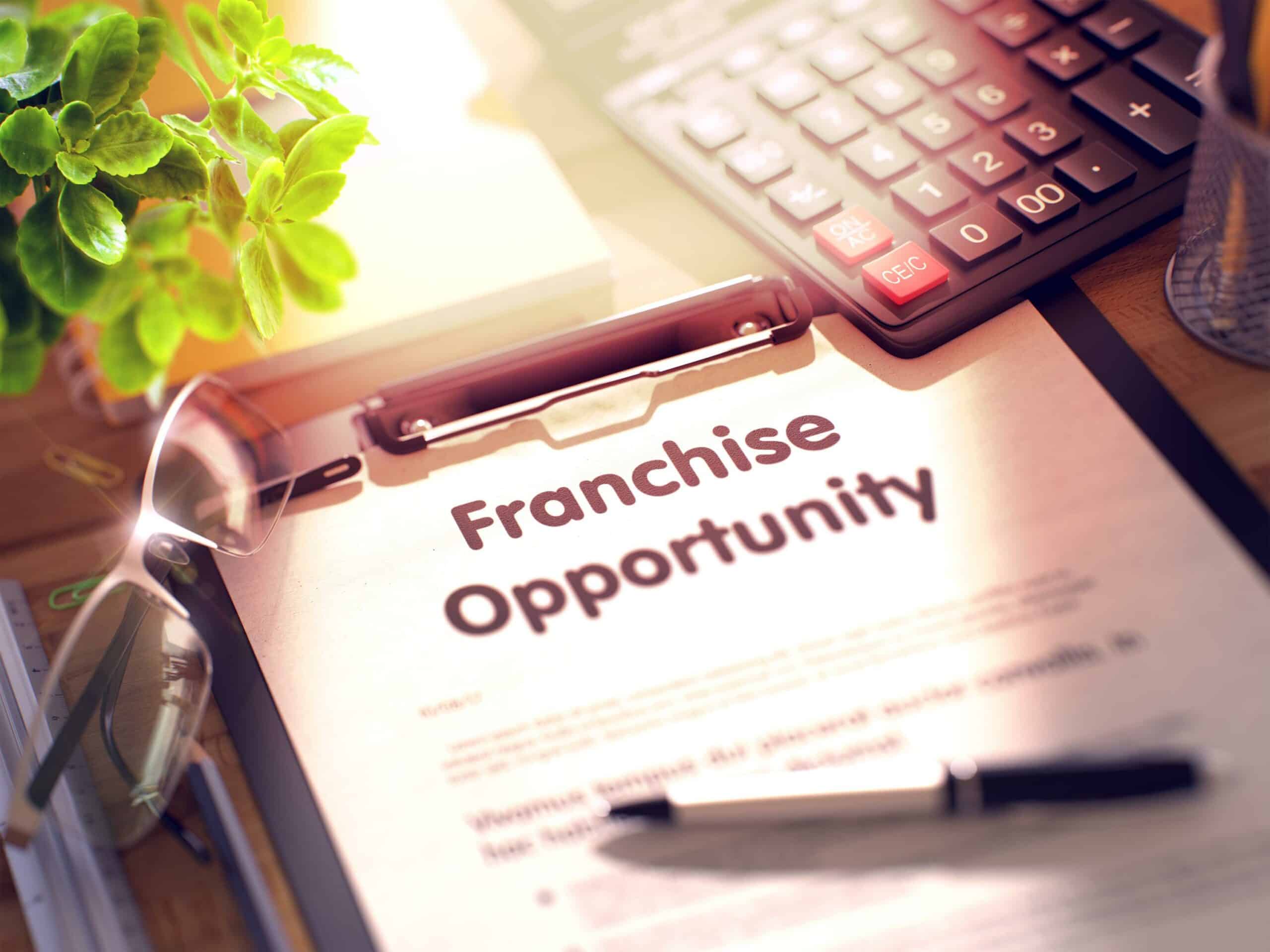If you’re in the business of sheds and structures in Australia, or looking to get into the business, you’ve probably asked yourself the question about franchising, and whether buying into a franchise to sell sheds is the right move for you.
Of course, you may already be part of a shed franchise, and may be looking into what your next move should be when your lock-in contract is up.
This three-part series delves into the GOOD, the BAD and the UGLY (the GBU) of buying into a franchise to sell sheds in Australia.
Here, in Part 1, we’ll look at the GOOD. But first we’ll cover some of the basics, like what franchising is, what the main types of franchising are, and what the most important things to know are.
So, what is franchising?
If you ask most people what a franchise is, they will probably say that it is a business that you run, that you did not start and where you’ve bought into an established, well-known company.
And that description is pretty accurate. But here’s a more technical definition:
A franchise is a business model where a company (franchisor) grants another party (franchisee) the right to use its brand, products, and services, in exchange for a fee. The franchisee operates under the franchisor’s established system, and receives support and training to adhere to the franchisor’s standards.
A good example of a highly successful franchise system is McDonald’s. Here is a business that started in the 1940’s in California with one store — and by 2023 had some 40,000 franchised stores worldwide, with some 24 billion dollars in sales.
What’s so unique about McDonald’s? Not much, it’s just a hamburger joint. But if you’re in the mood for a Big Mac, a Hungry Jack’s Whopper might not do. That’s product differentiation, but we will circle back to that later.
The cost to get into a McDonald’s franchise in Australia? It’s upwards of 1.5million dollars of unencumbered funds.
On the opposite side of the coin, a franchise that we can all relate to is Jim’s Mowing.
Jim’s as a group has some 4000 franchisees across Australia, with an annual turnover of around 500 million dollars.
What’s so unique about Jim’s Mowing (other than the name)? Not a great deal. Can anyone buy a $500 lawn mower and cut grass just as good as a Jim’s franchisee can, and make a living from it? Yes, probably. Would a consumer care who cuts their grass? Probably not.
The cost to get into a Jim’s Mowing Franchise? It’s around 25 thousand dollars.

Franchising models
Product and Trade Name franchises
The two common franchising models which fall under the Product and Trade Name franchises category, are manufacturer to retailer, and manufacturer to wholesaler product and trade name franchises.
Manufacturer – Retailer Product and Trade Name franchises:
In this franchising model, the manufacturer’s (franchisor’s) product is sold by the retailer (franchisee). For example: Toyota cars
Manufacturer – Wholesaler Product and Trade Name franchises:
In this model, the franchisee manufactures and distributes the product.
For example: fast food restaurants like Subway
These usually involve the franchisee paying a fee or royalty to distribute the franchisor’s product or service, within specific locations.
Business Format Franchise
The two common franchise models which fall under the Business Format Franchise category are wholesaler to retailer, and retailer to retailer business format franchises.
Wholesaler – Retailer Business Format franchise:
In this business format franchise model, the retailer (franchisee) purchases the wholesaler’s products and then adds a markup before selling them to the public. For example: Fair Dinkum Sheds, Ranbuild.
Retailer – Retailer Business Format franchise:
In this format, the franchisor does the marketing of their company through their network of franchisees. For example: telecommunications reseller stores.
The most common forms of franchising
The Business Format Franchise models are the fastest-growing type of franchising. The franchisor provides the franchisee with all the necessary information to distribute the product or service. They can provide operational standards, systems, training, ongoing assistance, and guidance.
This format of franchising allows the franchisor to expand their business without paying large sums of money, and allows the franchisee to get involved with an established business, which lessens their risk of failure significantly. A win- win situation, it would seem.
Of course, there are always risks when entering any business, and becoming a franchisee is by no means fail-safe.
How much does franchising cost?
The cost of buying into a franchise is like pretty much anything else, in that at the end of the day, you get what you pay for.
If you jump online and investigate what comes up when you search ‘Franchises for Sale’ you will notice that the costs of buying into a franchise vary significantly.
For example, a Coffee Club franchise costs around $450K. A franchise to sell sheds costs around $40K or more. The list of franchises for sale in all sorts of industries in Australia is practically endless.
The fees between the franchisee and the franchisor will vary from franchise to franchise. It is important to know exactly what you are up for, and exactly what you’ll get for that money. This information is especially critical in a business retailing sheds, where profit margins are low.
Ongoing fees
After entering into a franchise agreement, there are usually ongoing fees that you are required to pay to the franchisor, on a continuing basis.
This can include:
- The initial franchise fee
- Ongoing royalty fees
- A percentage of your sales
- Or whatever price you can purchase the product from the franchisor for, before you add your margin to it
- Advertising and other fees related to training, support, and ongoing operations.
The specific fees and payment structure will depend on the franchise agreement and the policies of the franchisor.

To determine the risks: do your homework
No, we’re not back at school procrastinating on our trigonometry…
We’re talking about doing your homework on the franchise you’re considering signing up for, and exactly what that will entail, before you commit. For example, it’s important to understand what YOUR obligations are; such as, are you going to be restricted from trading in similar goods and services if you eventually find you’re not happy with the model you signed up for? Many franchises contain a clause restricting you from trading within the industry if you end your franchisee agreement with them.
Before entering into any franchise agreement, It’s important to carefully review and understand the terms of the franchise agreement. For example, it’s important to ask, ‘how long do I need to commit to this model?’ and, ‘what are my exit clauses, if any?’
Basically, It is very important to investigate the franchise opportunity overall; and thoroughly.
For any franchise there are several questions that would be imperative to know the answers to, that might not always be immediately obvious.
Considering investment in in a shed franchise, you would want to make sure you got the answers to questions like:
- ‘What is so unique about this brand?
- What is so unique about their product?
- ‘What are the ongoing franchise fees?
- ‘What other ongoing costs will there be?
- ‘Who controls my pricing?
- ‘What will the profit margins be?
- ‘How likely am I to make a profit out of this?
- And, ‘what if I decide I want ‘out’?’
It’s important to read about the franchise, the inclusions, and the agreement, in their entirety — not just the sales pitch.
Get legal advice.
Ring other franchisees of the same brand in another territory and ask them about their experiences with the franchisor you are thinking of joining.
Do your own investigations, to ensure you know everything there is to know. We live in the communication age, where all the world’s information is available at the click of a button, after all.
Franchising regulations
In Australia, we have a Franchising Code of Conduct.
This Franchising Code was recently updated, with a new version of the Franchising Code of Conduct coming into place that applies to all conduct on or after 1 January 2015.
The new (2015) Code of Conduct for Franchising covers elements such as:
- Parties are to act in good faith when dealing with one another
- There are financial penalties and fines for serious breaches of this code
- Franchisors need to be clearer with the franchisee about what marketing and advertising efforts franchisor money is being spent on.
If you’d like to read more, you can find a copy of this code online.

And now we get to the GOOD, the BAD and the UGLY of buying into a shed franchise.
Part 1: The GOOD of buying into a shed franchise
This is the good of buying into a shed franchise:
- The Franchisor has considerable expertise in the field and knows the rules and regulations of trading in the industry.
- The Franchisor will assist you to set up your business and will provide all necessary training.
- The Franchisor has invested considerable sums in developing a shed software that you can use in your business to quote sheds.
- You will have a defined, protected territory that you can trade in.
- All the branding, logos, web sites, and corporate advertising has been taken care of by the Franchisor, and you will benefit from that.
- You get access to national suppliers, at prices that you would never be able to enjoy otherwise, making you much more competitive in the marketplace.
So, on the surface, if you are looking to buy yourself a job in an industry that you might not know much about, becoming a Franchisee of one of the major industry players might not be a bad way to go.
But not all Franchisors are created equal, and not all Franchise systems enjoy the same sort of success… And where does that leave you?
Tune in next month for Part 2 of the Good, the Bad and the Ugly of buying into a shed franchise: The BAD.

